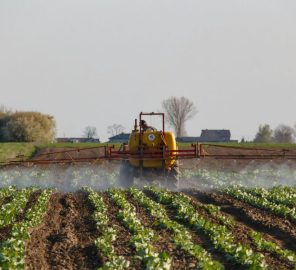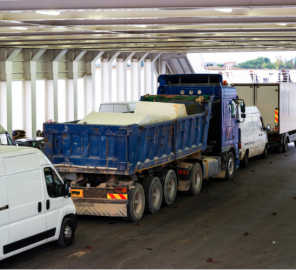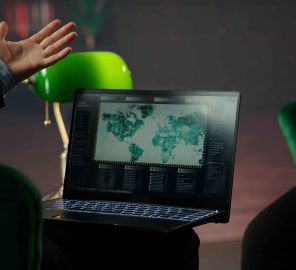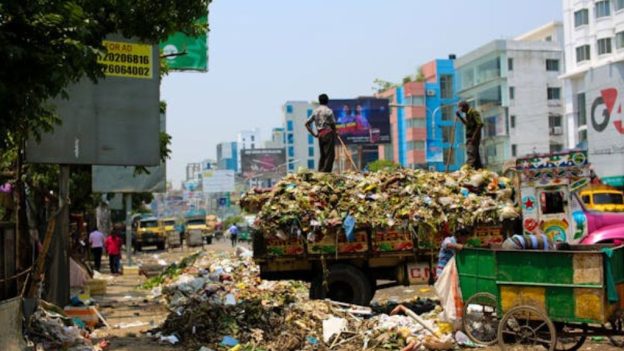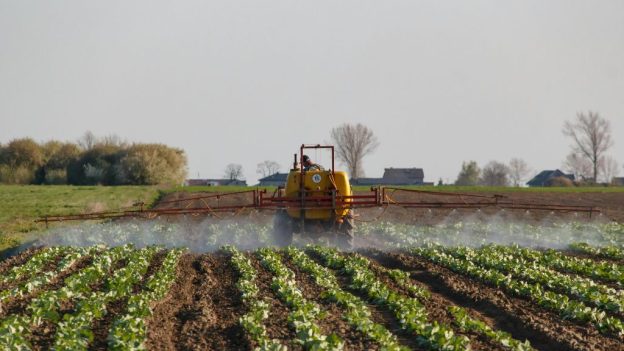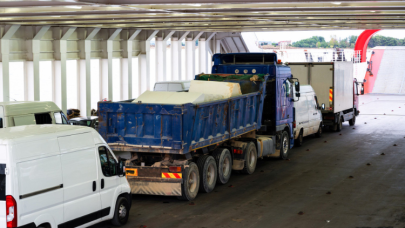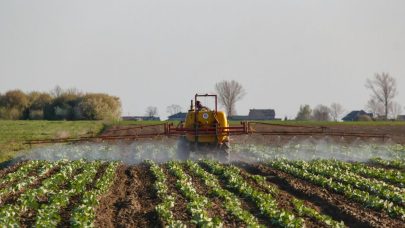Blog
Food waste is often framed as an environmental issue, but for businesses in food production, distribution, and retail, its financial impact is just as serious. Every discarded item represents more than lost product—it reveals gaps in operations that can weaken profitability and undermine long-term performance. When waste isn’t closely managed, the economic consequences accumulate quietly, touching everything from revenue stability to supply chain efficiency.
Why Waste Is Difficult to Control
Food waste is influenced by countless moving parts. Consumer demand can change overnight, seasonal patterns shift purchasing behavior, and unexpected disruptions can leave inventory sitting longer than planned. When perishable goods expire on shelves or become damaged during handling or transport, the cost hits instantly. For companies operating under tight margins, even small spoilage percentages can cause major financial strain.
Operational factors add to the challenge. Inconsistent temperature control, equipment breakdowns, and everyday handling errors can cause large amounts of inventory to deteriorate early. Beyond the immediate losses, these issues can erode customer trust and complicate relationships with suppliers who depend on accurate ordering and reliable performance.
Signs of Deeper Operational Problems
Excess waste doesn’t just appear on its own—it usually stems from underlying inefficiencies. Poor forecasting, overproduction, and misaligned purchasing practices are frequent contributors. In environments like grocery stores or foodservice operations, inaccurate demand estimates often lead to overstocking, which increases both disposal and labor costs. For producers and distributors, logistical challenges—such as poor storage flow or delays—can magnify losses across multiple stages of the supply chain.
These financial setbacks ripple outward. When unsold product accumulates, businesses may be forced to adjust pricing, reduce purchasing volume, or pass rising costs to partners and consumers. Waste also drives up secondary expenses, from waste-handling fees to staff hours spent managing spoiled goods.
Reducing Losses Through Smarter Systems
Addressing food waste is both a financial and operational opportunity. Technology now gives companies better tools to prevent loss before it occurs. Modern forecasting software, real-time inventory tracking, and data-driven procurement systems help align inventory levels with actual demand.
Manufacturers can reclaim value by repurposing excess ingredients, converting byproducts into new offerings, or expanding donation partnerships that prevent usable goods from going to waste. Financial mechanisms—such as flexible supply agreements and price-risk management—add another layer of protection against fast-changing market conditions.
Treating Waste Reduction as a Strategic Priority
Food waste shouldn’t be seen as an unavoidable cost of doing business. With the right approach, it becomes a controllable risk—and even a path to competitive advantage. Companies that take waste seriously see direct benefits: lower expenses, stronger supply chains, and improved operational resilience.
Cutting food waste is more than an environmental effort; it’s a smart business move. Through better forecasting, thoughtful planning, and strategic use of technology, organizations can protect their bottom line while contributing to a more efficient and sustainable future for the food industry.
For insights on mitigating financial losses tied to food waste, explore the accompanying resource from Commodity & Ingredient Hedging, a milk insurance company.
BY
Barsha Bhattacharya
